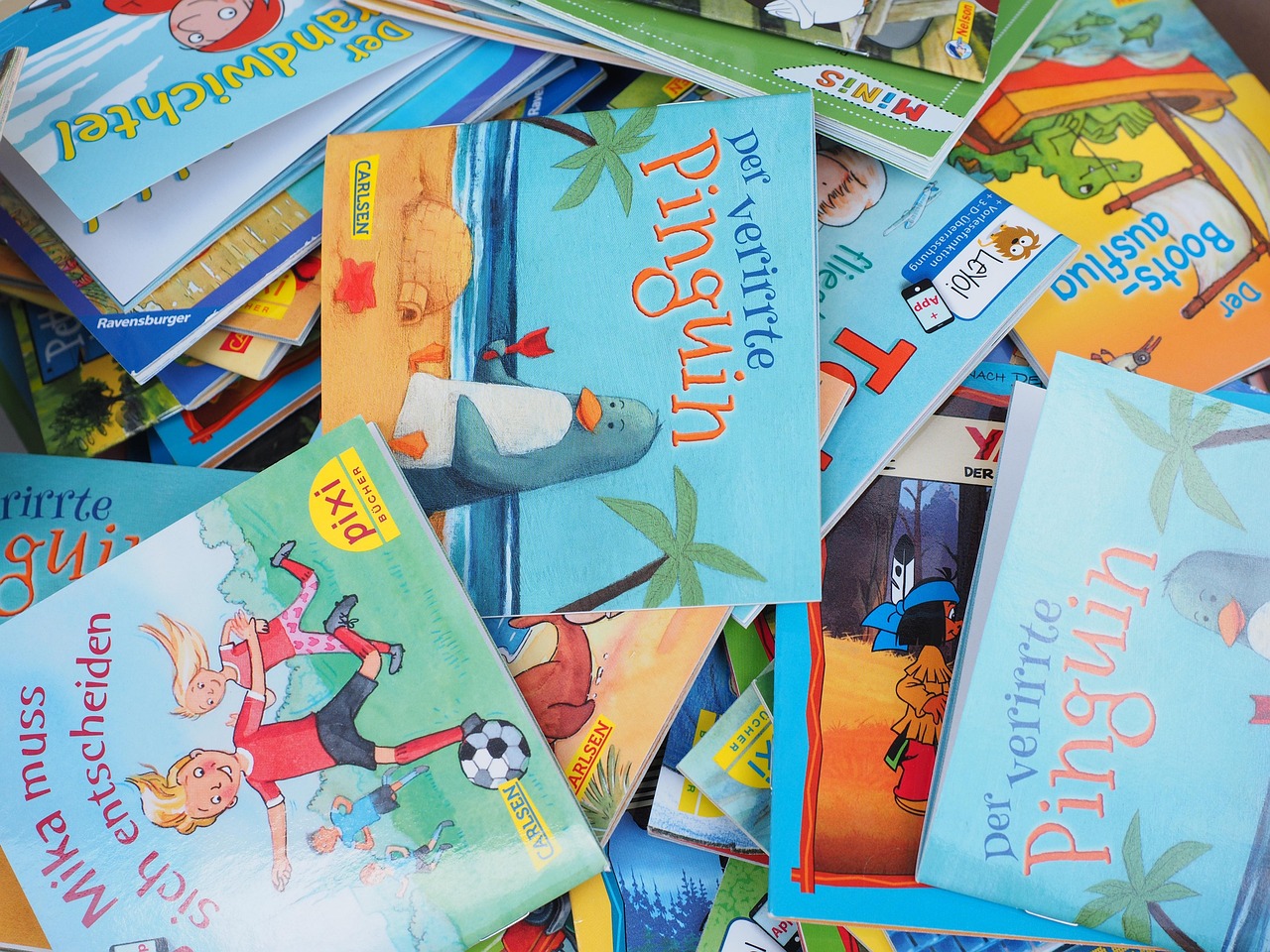Article Title:Isotopic paleodiet studies of skeletons from the imperial Roman-age cemetery of Isola Sacra, Rome, Italy
Abstract:
This is an isotopic study of collagen and bone apatite samples from individuals buried in the 1st-3rd centuries AD cemetery of Isola Sacra on the Mediterranean coast near Rome, Italy. C-13/C-12 and N-15/N-14 ratios of collagen and C-13/C-12 in carbonate of apatite are used to evaluate the dietary history of people ranging in age from 5 to 45+ years. The collagen data are also compared to a smaller skeletal sample from a nearby inland site (ANAS). Sources in Roman literature describe a typical diet of that period characterized by plant-derived foods; typically cereals, legumes, fruits, and vegetables. While individuals from the ANAS site display isotopic compositions consistent with a terrestrial-based diet, many of the skeletons from Isola Sacra are more enriched in N-15 and, to a lesser extent, in C-13. We infer that their diet included a significant component of marine foods. Apatite VC values show that total dietary carbon intake was dominated by terrestrial foods. The distribution pattern of the delta(13)C and delta(13)N data suggest that, while the Isola Sacra people obtained their nitrogen from a mixture of marine and terrestrial proteins, the carbon atoms used to construct non-essential amino acids were derived from the total diet (i.e., proteins, carbohydrates, and lipids). (C) 2003 Elsevier Ltd. All rights reserved.
Keywords: carbon; nitrogen; alaeodiet; collagen; apatite; Roman; archaeology; Italy; fish
DOI: 10.1016/j.jas.2003.08.008
Source:JOURNAL OF ARCHAEOLOGICAL SCIENCE
Welcome to correct the error, please contact email: humanisticspider@gmail.com



